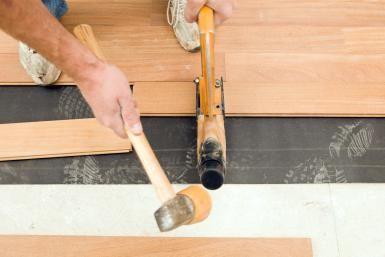Sapele is a popular and viable alternative to mahogany.
Sapele flooring hardness.
This test is also used to determine the degree of difficulty in sawing and nailing.
A common use of janka hardness ratings is to determine whether a species is suitable for use as flooring.
The wood is light to deep reddish brown.
Sapele flooring brings a warm feeling to homes across the world.
However since wood is a natural.
The janka hardness test measures the force required to embed a 0 444 inch steel ball into wood.
Sapele is a commonly exported and economically important african wood species.
Red oak is the reference species for comparing wood hardness.
This is the average hardness of the species data based on nwfa.
Grain is straight to interlocked.
Sapele flooring has characteristics of the sapele tree.
The janka hardness test from the austrian born emigrant gabriel janka 1864 1932 measures the resistance of a sample of wood to denting and wear.
Veneer plywood furniture cabinetry flooring boatbuilding musical instruments turned objects and other small wooden specialty items.
Sapele is in the same family as mahogany.
Much harder than african mahogany and red oak.
Janka hardness 1 410 lbf 6 280 n the hardest of the three options.
Janka hardness 1 180 lbf 5 260 n for a frame of reference white oak is 1 350 lb f 5 990 n while eastern white pine has a hardness of 380 lbf 1 690 n.
Sapele has a medium to coarse texture.
Janka hardness 1 070 lbf 4 760 n the softest but still very close to utile.
Sapele flooring plus solid hardwood flooring materials.
It is a great alternative to mahogany.
It s sold both in lumber and veneer form.

